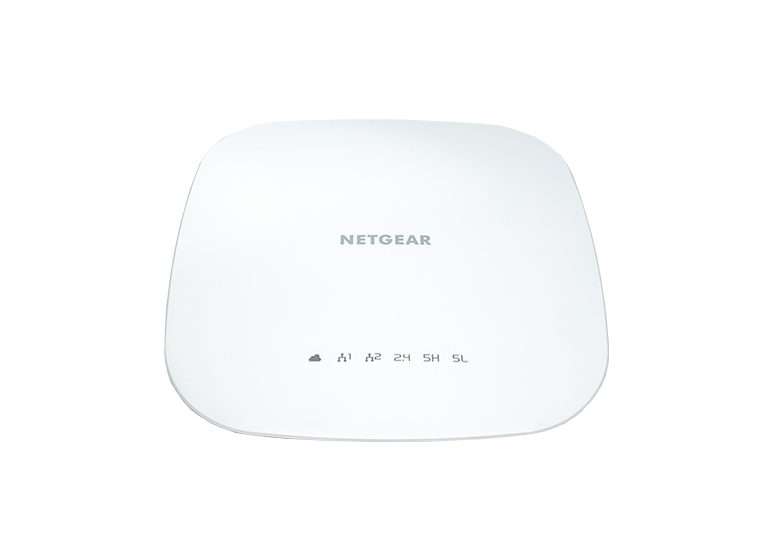

The list returned will show all available wifi networks and their router name (SSID), the router address (BSSID), signal strength (RSSI), channel, and security types used by the network. Now, to scan for and find all wireless networks within range, type the following: How to Scan for Wireless Networks from Terminal in Mac OS X Now you can use the airport command without the lengthy path to access it.

Sudo ln -s /System/Library/PrivateFrameworks/amework/Versions/Current/Resources/airport /usr/sbin/airportĮither of the above commands must appear on a single line to work properly.Įnter the administrator password to create the symbolic link, which functions as an alias would in the Finder. Make a symbolc link for airport tool in Mac OS X Mavericks, Mountain Lion, Snow Leopard If you see an “operation not permitted” error message it’s likely because you either don’t have a bin directory in /usr/local/ (you can make one yourself), or you have SIP enabled, the SIP rootless feature can be disabled if desired by advanced users. Sudo ln -s /System/Library/PrivateFrameworks/amework/Versions/Current/Resources/airport /usr/local/bin/airport Making a symbolic link for airport tool in MacOS High Sierra, Sierra, OS X El Capitan, Yosemite, and later

Launch the Terminal and type the following command: The command for this varies per version of Mac OS in use, select which is relevant to your Mac OS X version on the Mac in question. To use this tool to find nearby wifi networks, the first thing you’ll want to do is create a symbolic link from the airport utility to /usr/sbin for easy access. Accessing the Wi-Fi Utility in Mac OS X Command Line


 0 kommentar(er)
0 kommentar(er)
